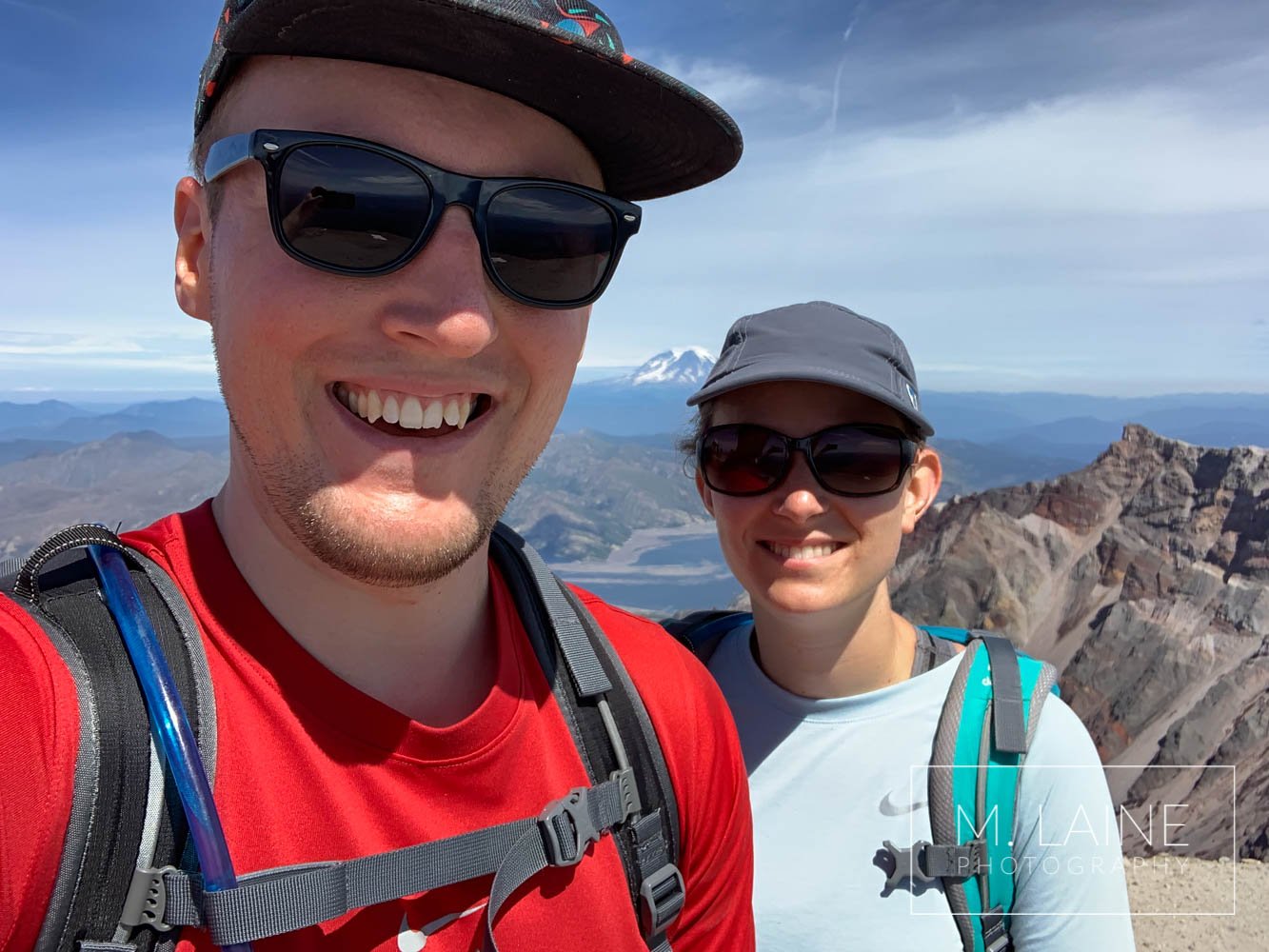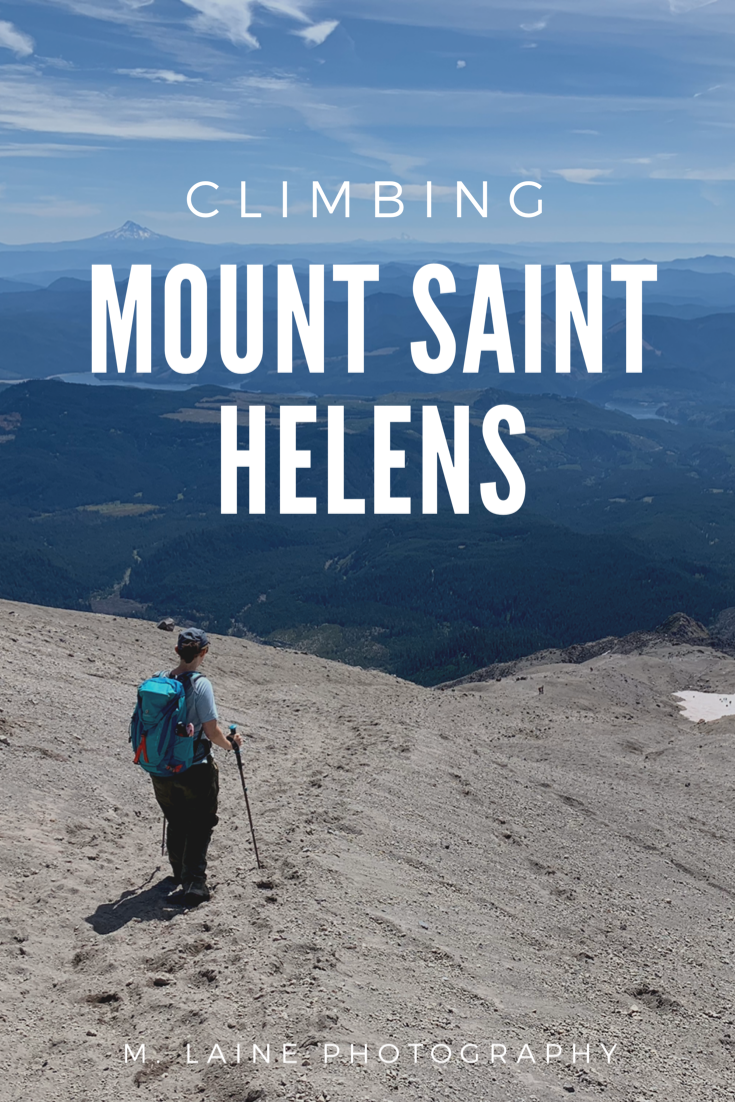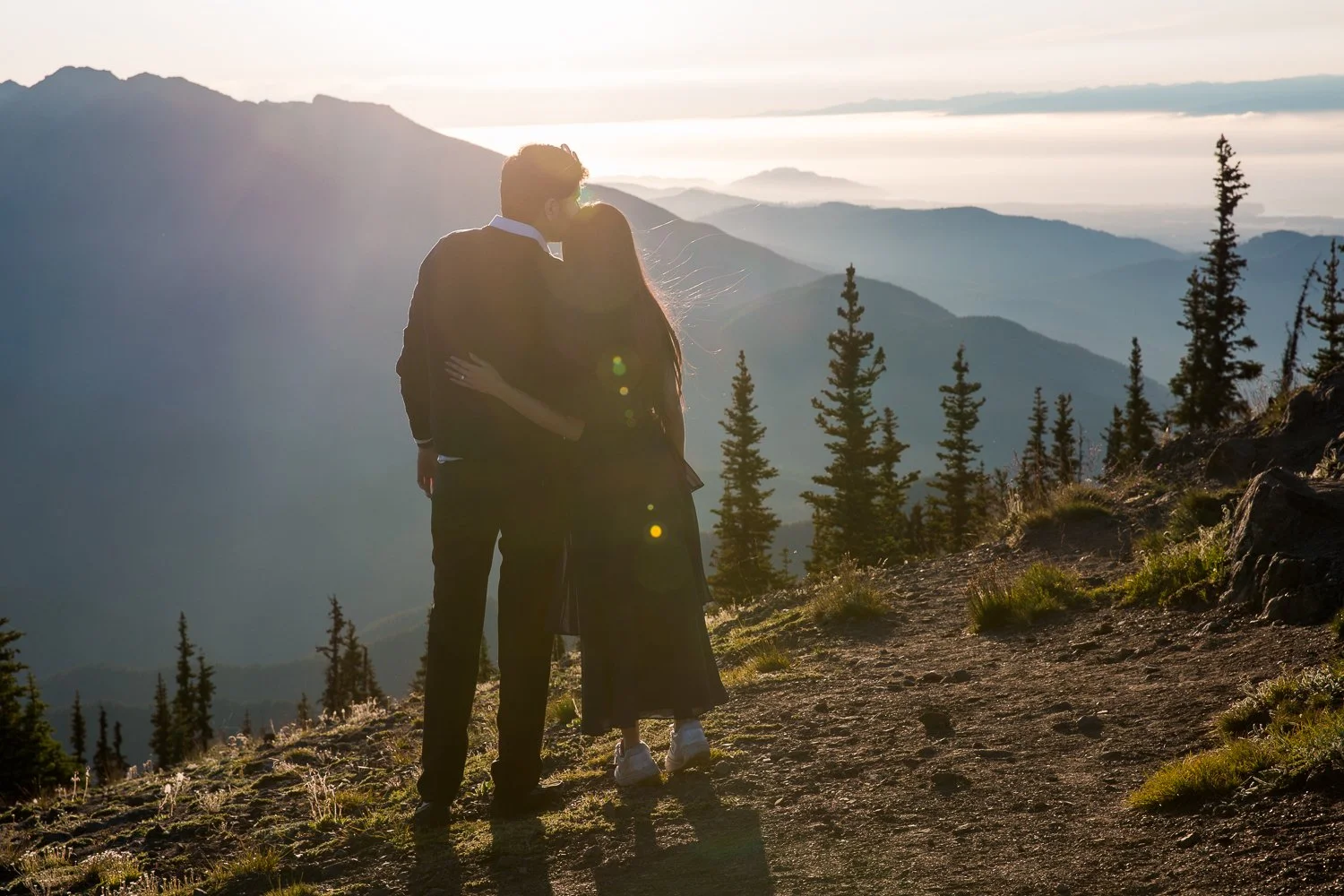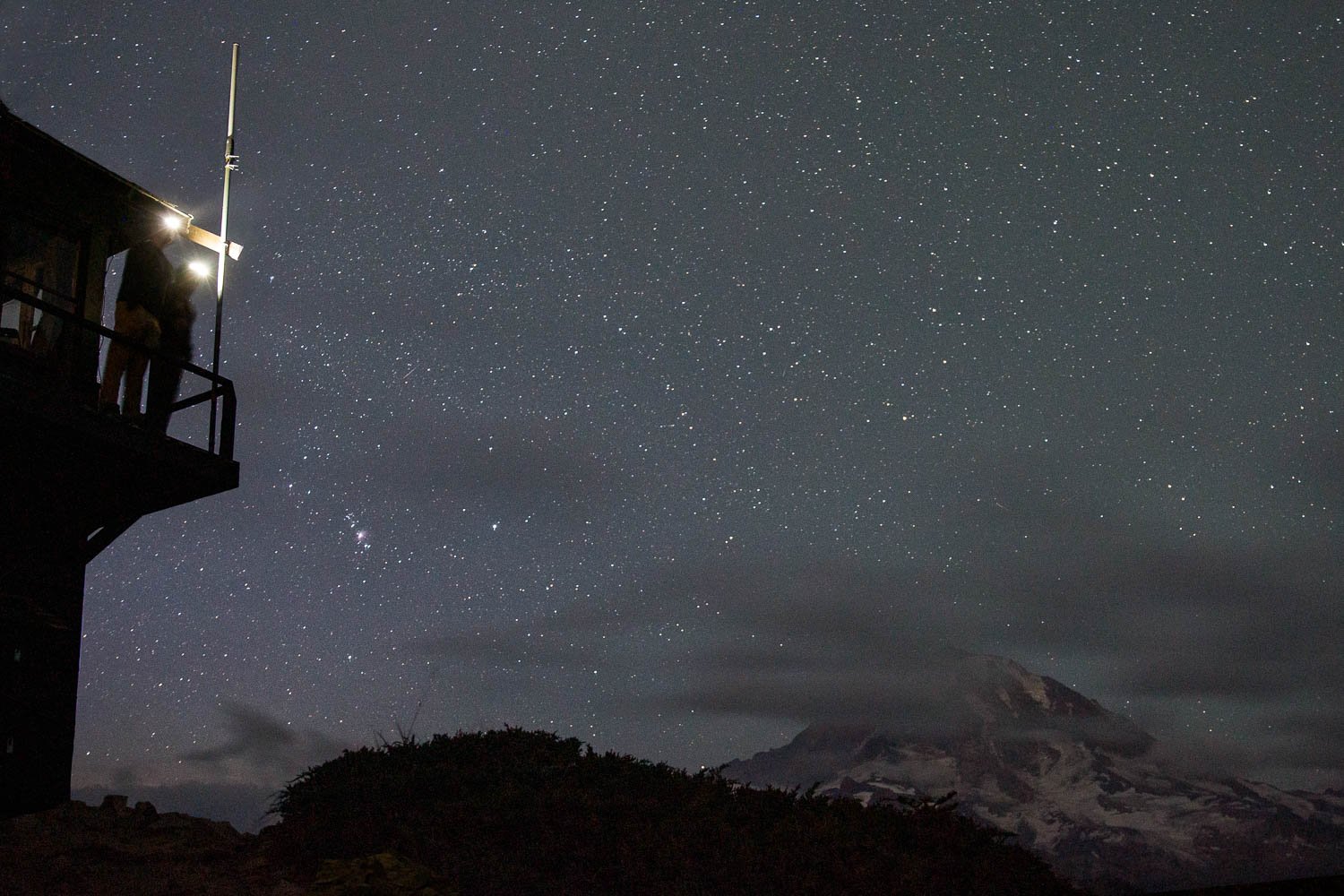Climbing Mount St. Helens
Summiting Mount Saint Helens has been a hike three years in the making for my husband, Zach, and I. The hike is 10 miles long with 4,500 feet of elevation gain.
Although the hike is long, it requires no technical climbing skills in the summer, making it a popular climb for those bagging their first volcano summit. To minimize human impact on the mountain, only 100 people are allowed to climb per day from April to October.
* Please excuse the low-quality cell phone photos — we chose not to lug 10 extra pounds of camera gear up this mountain.
Since Zach and I have limited avalanche training, we decided to try for permits to climb during summer. Permits for the summer months go on sale on the first of each month for the following month. Weekend dates sell out within minutes.
2017 was the first year we set our sights on hiking Mount Saint Helens. We settled with permits in late September. When the time came, weather predictions were not in our favor. We decided to climb regardless, understanding that we may have to turn back early. We got to the top of the boulder field and were about a mile and a half from the summit before we turned around.
The day’s earlier rain had turned to snow, creating whiteout conditions, making the rocks slick and covering our tracks quickly. In the short amount of time my group huddled together and discussed turning around, two inches of snow gathered on the ground.
The trail is lined with large markers you can see for miles on a clear day, but with the stormy conditions, we could barely make out one marker ahead of us. Turning around was a wise choice, and we happily ended the day eating prime rib in at the Cougar Bar and Grill in Cougar, WA.
Selfie where we decided to turn back on our first summit attempt in 2017
The following year we opted for permits in early September. In 2017, that would have made all the difference in us being able to summit or not. However, an early fall storm rolled in the weekend we had permits and we opted not to hike. Ironically, late September ended up being incredibly beautiful!
Finally, by 2019 we are ready to do whatever it took to make a summer summit bid. We wanted great weather and were willing to take work off for it. We got permits for a Friday in August, and, as the day came closer, the forecast was perfect. 70 degrees and clear skies.
This is the spot we had to turn around at in 2017, taken on our 2019 climb.
About a mile after starting the hike, we were amazed with the view of Mount Adams, and soon after reached the boulder field with views of Mount Rainier and Mount Hood that had been too cloudy to see on our first climb.
Viewing the entire boulder field without clouds obstructing it was intimidating, but I was most nervous for the last section of the trail. Once you get past the boulders, the trail climbs 1,000 vertical feet through ash. It’s described as taking two steps forward and one step back, and it was a slog.
At this point in the climb, simply the motivation to see the crater and summit wasn’t enough. I started daydreaming about the burgers, steak, and prime rib we could have back at the Cougar Bar and Grill. Slowly, but surely, Zach and I got closer to the summit.
When we finally got to the top and looked over the edge of the crater, Zach’s face went pale. He’s afraid of heights but regained his composure quickly. We were careful not to get too close to the edge since it’s an unstable cornice. Inside the crater were so many beautiful colors and layers of earth. I loved that it was steaming in the middle!
After snacking and enjoying the views, skipping down the ash field was my favorite part of the descent. The boulder field – not so much. When we finally reached the car after at the end of the hike, we realized it took us longer than we had hoped, but we were happy that it hadn’t exhausted us. Our summer training and patience certainly paid off!
Browse the archive or search for specific topics (try “North Cascades National Park”, “mountains” or “LGBTQ+”).

















